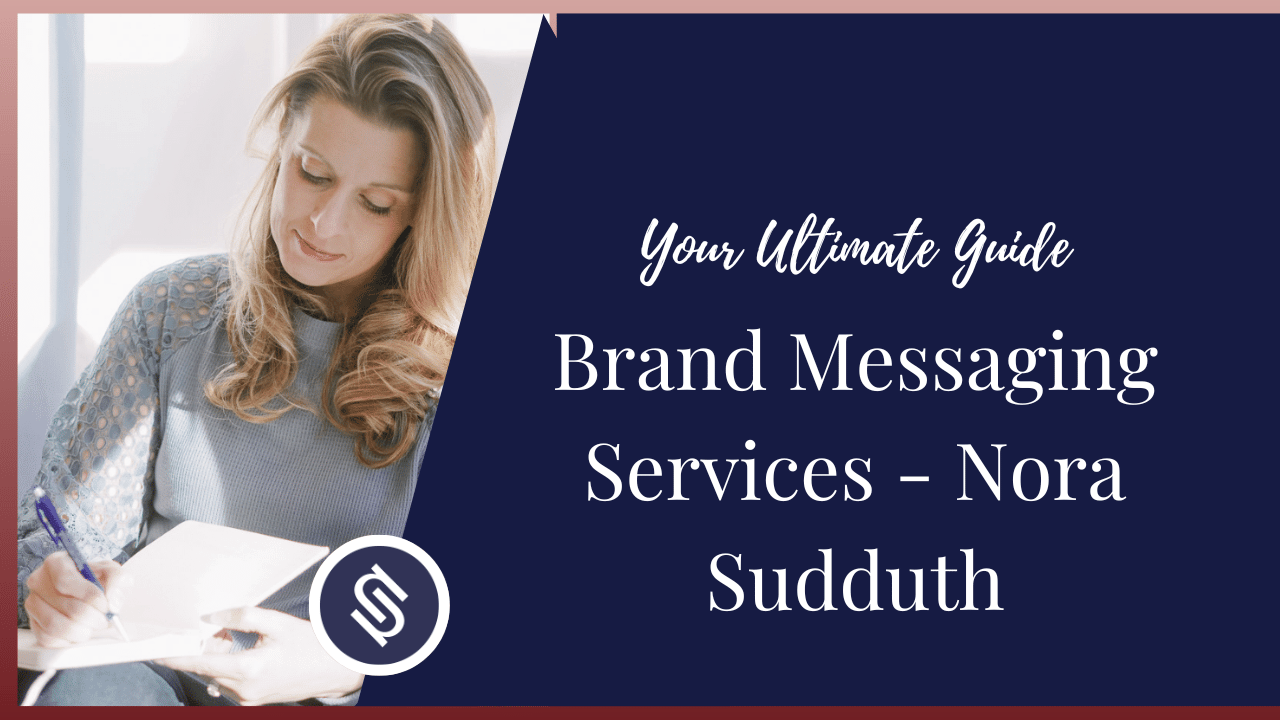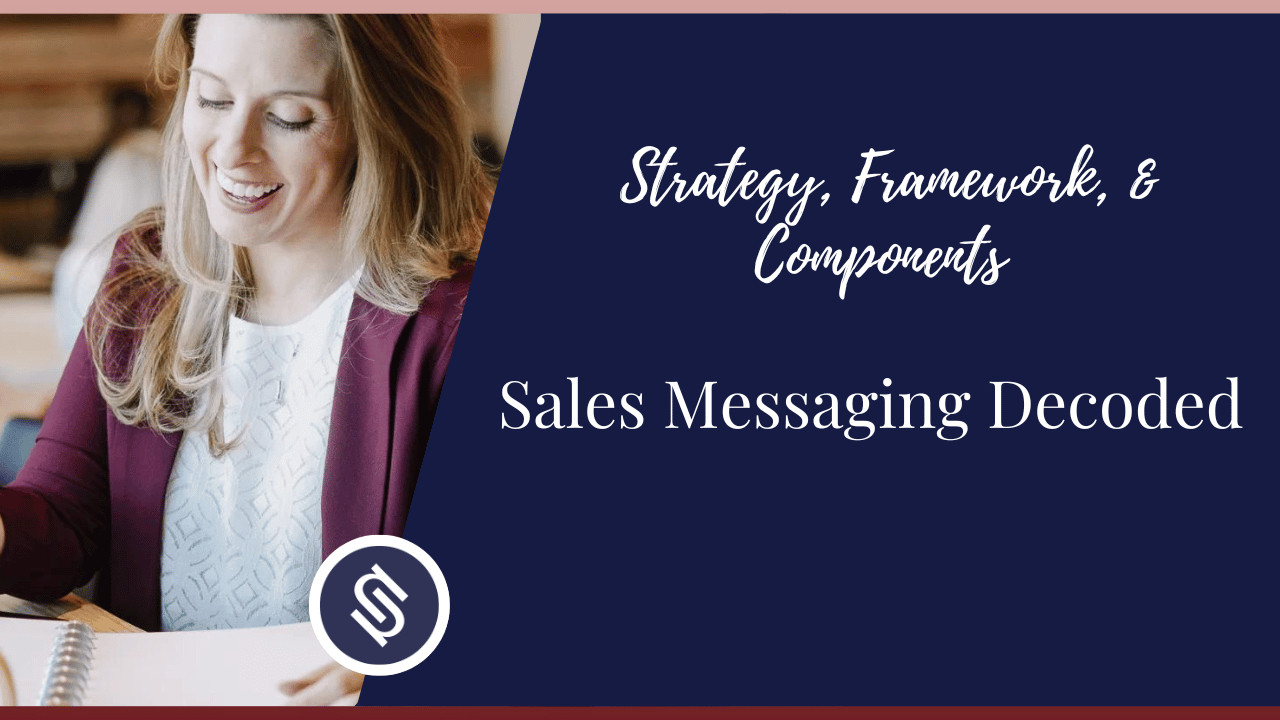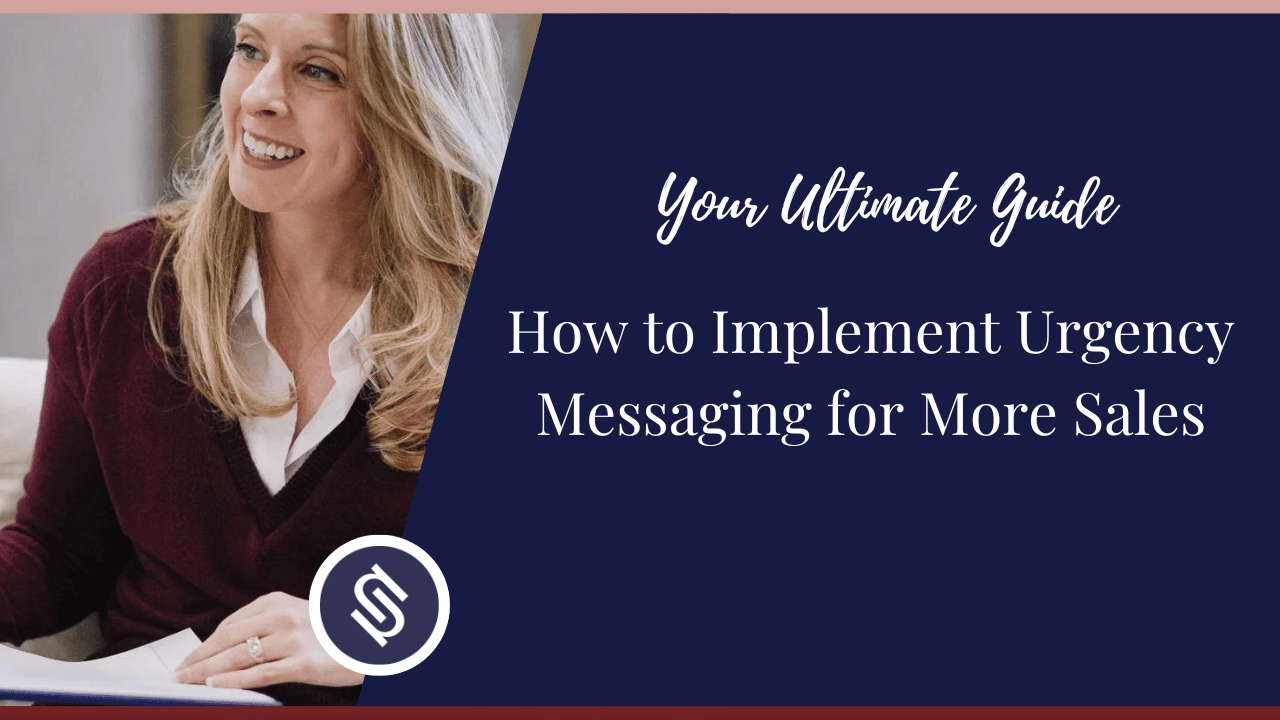When you think of brands like Starbucks, do you wonder how they’ve become as big as they are now?
What is it about these big names that makes them so distinct when there are so many other companies that offer pretty much the same things? I mean, there are only so many ways you can sell coffee, right?
It all boils down to messaging.
There are hundreds of companies that offer great products. But unless they know how to communicate their brand identity in a way that resonates with their market, they remain just another brand among many.
Let’s unveil brand messaging and its pivotal role in making your brand stand out.

What is Brand Messaging?
Brand messaging is how you communicate your brand’s unique characteristics, offerings, and benefits to your target market.
It encompasses all the means through which your audience learns who you are, which includes your marketing copy, brand design, events, and even social media interactions.
To effectively deliver a brand message, start with understanding your brand identity. This entails carefully and objectively evaluating your brand to develop a clear, authentic, and relatable identity statement.
If you’re struggling to analyze your brand without the bias filter, you can get expert eyes on your marketing plan instead. Book a discovery call with me, and I’ll help you tell your most compelling brand story.
Why is Brand Messaging Important?
Brand messaging is crucial to every marketing strategy because it shapes how your target market perceives your brand.
Without a clear strategy, your messaging would be confused and unclear. As a result, your audience will find it hard to figure out what you’re really about.
Brand Messaging Examples
You may find inspiration from these brand messaging examples:
- Starbucks: Their mission, “To inspire and nurture the human spirit–one cup at a time,” perfectly encapsulates what makes them different as a coffee company. Their focus is creating a positive experience, not just a cup of joe to get you through your morning.
- Nike: Everyone knows, “Just do it.” As a brand, Nike sells motivation, drive, and determination. Their famous tagline resonates with everyone who has ever dreamed of making it, whatever area of life that may be in.
- Levi’s: “Quality never goes out of style” indeed. Levi’s is known for stylish, long-lasting basics that are effortlessly chic and timeless.

What Are Brand Pillars?
Brand pillars are key defining attributes that differentiate a brand from other companies.
Pinpointing these pillars is essential to inform your strategies for communicating who you are to your target audience.
They also ensure that your message is received with clarity and help encourage your target audience to engage with you.
The more you understand the foundational values of your company, the easier it is for you to communicate who you are in a way that inspires people to take action.
There are five main pillars:
- Purpose: Why does your company exist? How did it start?
- Perception: How does your audience perceive your company? Consider what others (including your employees) say about your brand through surveys, social media, and other interactions.
- Identity: Who are you as a company? What is your personality like? Are you cheeky? Fun? Athletic?
- Positioning: Who are your target audience? Defining this helps guide your strategies and keep them on point.
- Placement: What marketing strategies do you use to attract your target audience? Where does your market see you?
How Do Brand Pillars Relate to Messaging?
Brand pillars are crucial to shaping an impactful brand message.
They establish a brand’s foundation and ensure its core and fundamental messages are consistent with how it should be perceived.

How to Create Brand Messaging
Here’s how you can start creating your brand messaging:
- Define your brand pillars: Understand the nuances of your brand that make it distinct, including your unique value proposition, target audience, and identity.
- Create a brand story: Establish an emotional connection with your audience with a story that humanizes your brand and makes it relatable.
- Analyze your competition: Your competition can provide helpful insights into your industry, audience, and messaging strategy.
While you don’t want to copy them, analyzing what they do and how they do it will help you understand what works and find opportunities you may explore.
- Develop a messaging framework: Your messaging framework is essentially a communication strategy ensuring consistency across all platforms.
- Test and revise: Using previously established metrics and goals, monitor how your message is perceived and benchmark results. You can compare results against previous campaigns or across platforms.
Also, gathering feedback and updating your brand message is vital to ensuring it stays relevant and compelling.
Crafting a brand message takes time and a lot of self-evaluation.
If your brand message isn’t improving your sales figures, try ConversionRx with me. We will go through a comprehensive review and diagnostic assessment of your marketing strategy. It’s time to remedy those conversion headaches.
What is Brand Messaging Architecture?
A messaging architecture is a roadmap that guides you on implementing your marketing strategy and lists all the objectives you need your brand message to achieve.
It should highlight important elements like your brand offerings and benefits, positioning, and unique value proposition.
Once a clear messaging architecture has been established, it should also inform your strategy on marketing elements such as typography, design, and tone.

What is a Messaging Hierarchy?
A messaging hierarchy, also called a messaging framework, ensures your message is tailor-fit to your audience. It also ensures that your messaging stays consistent across all platforms.
It’s crucial for creating a connection that impacts your bottom line and helps you build customer relationships.
In practice, it looks like an inverted pyramid that tackles five key aspects of brand messaging:
- Proof points: The top-most and broadest part of the inverted pyramid, proof points are concise statements that distinguish your brand from the rest. For example, your company’s proof points could be “eco-friendly” and “sustainable.”
- Key messages: These are short, catchy statements that elaborate on your proof points. They also explain the benefits of your brand and aim to help your target audience along in their purchase decision.
- Unique value proposition: These are your brand’s unique offerings or benefits and inform how your brand addresses your audience’s pain points. They also explain the incentives that your audience gains by choosing you over your competition.
- Positioning statement: Where do you stand in the market, and how does your target audience perceive you? Answer these questions to determine how best to appeal to your target market.
- Brand promise: Customer experience is what tips the scales when it comes to whether or not prospects convert. Brand promise focuses on ensuring that each customer touchpoint is memorable.
Also a focal point in value messaging, your brand promise will help you keep interactions aligned with your brand identity and message.
What is a Messaging Matrix?
A messaging matrix is a chart that guides your company on how every member of the team and its representatives should interact with every audience segment.
It ensures that all communications are aligned with brand messaging and identity regardless of platform and buyer stage.
Remember that your messaging goes beyond marketing content and involves every customer/prospect touchpoint–from discussions online to face-to-face conversations.
Therefore, how every member of your company represents your brand is an important part of your messaging.

B2B vs. B2C Brand Messaging
B2B (business-to-business) messaging is a marketing strategy that involves selling to businesses or individuals on behalf of a company or organization.
On the other hand, B2C (business-to-consumer) messaging entails selling to individual consumers.
To further understand the differences between the two, take a look at this comparison:
| B2B Messaging | B2C Messaging | |
|---|---|---|
| Target | Other businesses | Individual consumers |
| Sales cycle | Sales cycles are longer and require more nurturing, as businesses are more concerned with making decisions that have long-term financial benefits. | Sales cycles are shorter, as individual consumers can make decisions on a whim or based on emotional appeal. |
| Decision-making | Sales cycles are longer and require more nurturing, as businesses are more concerned with making decisions that have long-term financial benefits. | Decisions can be made instantly and require no consultation with others. |
| Messaging focus | Focuses on generating leads and converting audiences into customers. | Focuses on brand awareness and nurturing relationships. |
| Marketing strategies | Strategies highlight financial incentives and benefits. | Strategies focus on appealing to emotion. |
Common Challenges in Brand Messaging
These are the most common challenges in crafting a brand message and how to overcome them:
Differentiating Your Brand
The whole point of creating a brand message is standing out. But let’s face it–that’s easier said than done. And while certainly challenging, this is one of the most crucial aspects of brand messaging.
To overcome this challenge, analyze your brand and evaluate it without bias. Clarify your mission, values, vision, and unique selling points. Be honest about your weaknesses, and spot opportunities where they arise.
Understanding Your Target Audience
Part and parcel of having a strong brand message is identifying your target audience, which involves understanding their needs, interests, and pain points.
How can you make their lives better? What can you do for them that others don’t do as well as you?
Knowing who your audience is takes time and resources. Brands often struggle with getting accurate information about their market, resulting in a skewed buyer persona.
To address this, don’t rely on just one source of information. Listen in on social media, conduct market research, and evaluate your existing client base. Using the insights you gather, create buyer personas that reflect audience segments at each customer journey stage.
Staying Consistent Across Channels
Without a clear messaging framework, it can be challenging for some companies to be consistent with their brand messaging on different platforms.
They may take on a formal tone and cheeky personality on another.
The key is employing a clear framework and messaging architecture for all your marketing strategies. These must also be communicated to all employees and reinforced regularly.
Creating Engaging Content
Often, it’s not that your content is lackluster. It’s just that you’re targeting the wrong audience.
To create engaging content, segment buyer personas, and align content with their specific needs and interests.
Research the platforms where your audience hangs out and leverage those to communicate key messages.

Frequently Asked Questions (FAQs)
Check out some common questions on brand messaging below:
How Can Visual Elements Enhance Brand Messaging?
Visual elements like photos, graphics, and design that align with your identity reinforce your brand messaging.
This is also why it’s important to establish a messaging architecture that identifies marketing elements like typography and design in the early stages of messaging strategy. It ensures coherence and clarity in the execution of your marketing plan.
How Often Should a Company Conduct a Brand Message Audit?
It’s typically recommended to conduct brand message audits every year.
You may also update your brand message when there are significant changes in your brand identity or core message or when industry shifts take place.
How Can You Measure the Impact of Your Brand Messaging?
Using previously established key performance indicators (KPIs), monitor how well your brand message is received.
Your metrics may vary depending on your goals, but you’ll most likely look at how your message impacts conversion, engagement, and reach.
How Do You Align Brand Messaging With Customer Expectations and Values?
Conducting thorough market research to understand your target audience will help you develop a brand promise that establishes the kind of experience that matches customer expectations and values.
A clear brand promise ensures that each customer touchpoint is memorable and impacts your messaging objectives.
Conclusion
A compelling brand message will open the doors to a market share that pays attention to you and engages meaningfully with your brand.
With this guide, you’re well on your way to crafting one that’s sure to capture your target audience. But it’s always best to enlist a pro to help you set up a winning messaging strategy.
I’ve helped clients sell over $500M worth of products and services, and I’d love to do the same for you. Schedule a discovery call with me today, and let’s get started!







